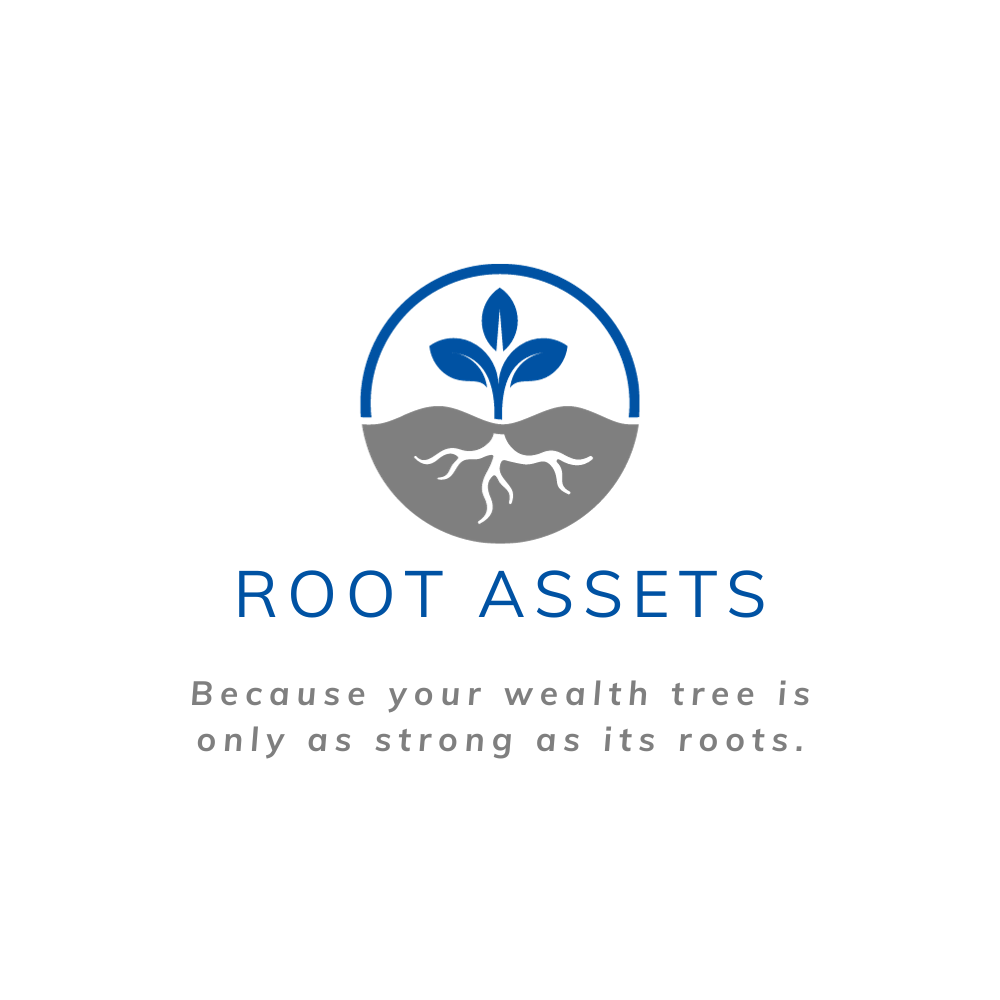
Learn more about personal and business finance by reading any one of our insightful blogs.

The Perils of Panic Selling: Lessons from Berkshire Hathaway
The Perils of Panic Selling: Lessons from Berkshire Hathaway
Investing in stocks can be a powerful way to build wealth, but it comes with risks—especially when you’re forced to sell at the wrong time. Imagine needing cash during a market downturn and having to sell your stocks at a loss, just when prices are falling. This scenario can turn a temporary dip into a permanent setback. In this blog post, we’ll explore the downfall of selling stocks at an inopportune time, using Berkshire Hathaway A shares as an example. We’ll highlight recent highs the stock has hit, its decline over the past six months, how tax ramifications compound the issue, the hidden costs of recovery time and breaking even, and the value of professional guidance in navigating these challenges.
The Danger of Ill-Timed Sales
Selling stocks at the “wrong time” means liquidating your holdings when market conditions are unfavorable—often during a downturn or when a stock’s price is below its potential. This typically happens due to external pressures like financial emergencies, leaving investors with no choice but to accept a lower price. For long-term investments, this can mean sacrificing years of potential growth, locking in losses that might have been avoided with better timing or planning.
Falling Prices Amplify the Problem
When stock prices are dropping, the consequences of selling become even more severe. Markets are cyclical, and downturns are often followed by recoveries. Selling during a decline means you “lock in” your losses, missing out on the rebound that could restore—or even increase—your investment’s value. The steeper the fall, the greater the damage, especially if you’re forced to act at the bottom of the cycle.
Berkshire Hathaway A Shares: A Cautionary Tale
Let’s look at a real-world example with Berkshire Hathaway A shares, the iconic stock of Warren Buffett’s conglomerate. Known for its high price per share and strong long-term performance, it’s a symbol of patient investing. But even this giant isn’t immune to volatility.
On May 2, 2025, Berkshire Hathaway A shares hit an all-time high of $809,350 per share. Fast forward 14 months to July 18, 2025, and the stock had fallen to $710,978 per share—a drop of over 12%, or nearly $100,000 per share. Picture an investor who, facing a sudden need for cash in July 2025, had to sell at this lower price. They’d be locking in a significant loss compared to the peak just months earlier.
Historically, Berkshire Hathaway has bounced back from downturns. During the 2008 financial crisis, its A shares fell from $147,000 in December 2007 to $74,000 in March 2009, only to recover to over $120,000 by late 2010 and soar higher in the years that followed. The recent 12% drop from May to July 2025 might also be temporary, but selling now means missing out on that potential recovery.
The Hidden Costs of Recovery: Opportunity Cost and Breaking Even
If an investor sold Berkshire Hathaway A shares at $710,978 after the 12% drop from $809,350, they’d not only lock in that loss but also face additional challenges. First, to break even if they reinvest elsewhere, they’d need a higher percentage gain than the loss they incurred. Specifically, to recover from a 12% loss, the stock (or another investment) would need to gain approximately 13.8% (since $809,350 / $710,978 ≈ 1.138). This is because gains are calculated on a reduced base after a loss, meaning it takes more to get back to where you started.
Second, the time it takes for the stock to recover represents an opportunity cost. While waiting for Berkshire Hathaway to regain its value, the investor could be missing out on potential gains from other investments. For example, if another stock or asset class grows by 10% per year, the time spent waiting for Berkshire to recover means forgoing those returns. This dual burden—needing a larger gain to break even and missing other opportunities—makes selling during a downturn even more costly.
Tax Ramifications: Compounding the Pain
Selling at a loss doesn’t just mean losing money on the stock—it also triggers tax consequences that can make the situation worse. In the U.S., capital losses can offset capital gains, reducing your tax bill if you’ve made profits elsewhere. Without gains to offset, you can deduct up to $3,000 of net losses against ordinary income each year, carrying forward any excess to future years. Sounds helpful, right? Not so fast.
For our Berkshire Hathaway investor, a $100,000 loss per share might yield a tax benefit, but it’s usually small compared to the loss itself. If they’re in the 20% capital gains tax bracket and have $100,000 in gains to offset, they’d save $20,000 in taxes—reducing the net loss to $80,000. But if they lack gains, they’re stuck with just a $3,000 deduction, leaving a $97,000 net loss for the year, with the rest deferred. Either way, the tax relief is a drop in the bucket compared to the wealth erased.
Worse still, if the investor sells at a loss and buys the stock back within 30 days—hoping to ride the recovery—they could trigger the wash-sale rule. This IRS regulation disallows the loss deduction, stripping away even that modest tax benefit. So, not only do you lose money on the sale, but the tax system can limit your ability to mitigate the damage, compounding the financial hit.
Moreover, the tax situation becomes more complex if you sell only a portion of your shares. For example, if you own multiple shares of Berkshire Hathaway and sell only some during a downturn, you realize a loss (or gain) only on the shares you sell. The remaining shares may still have unrealized losses—meaning their value has dropped, but since you haven’t sold them, those losses can’t be used to offset the taxes on any realized gains or losses from the sold shares. This creates a frustrating scenario: you may face a tax bill from selling part of your holdings, while the broader decline in your portfolio offers no immediate tax relief. For instance, selling one share at a $100,000 loss allows you to claim that loss, but if your remaining shares have also lost value, those unrealized losses sit idle, unable to reduce your current tax burden. This mismatch can leave you with a tax hit that feels disproportionate to your overall portfolio performance, making partial sales a double-edged sword.
No Dividends, No Buffer
Berkshire Hathaway adds another layer of difficulty: it doesn’t pay dividends. Unlike stocks that offer regular payouts to cushion tough times, Berkshire reinvests all profits for growth. While this boosts long-term value, it leaves investors without income to fall back on during a downturn. For our hypothetical seller in July 2025, this means no choice but to sell shares for cash—potentially at a loss—making the tax and price decline issues even more punishing.
Why It’s Tough to Dodge This Trap
Falling prices don’t just hurt financially—they mess with your head. Behavioral finance calls it loss aversion: losses sting more than gains feel good. As Berkshire Hathaway drops from $809,350 to $710,978, panic can set in, pushing you to sell to avoid further decline. But that move often comes right before a turnaround, as fear overrides logic.
How to Shield Yourself
Avoiding this pitfall requires planning. An emergency fund—three to six months of expenses in cash—can prevent the need to sell stocks at a low point. Pair that with a long-term perspective: stocks like Berkshire Hathaway are built for decades, not months. Selling under pressure undoes the whole strategy.
It’s also worth noting that buying and selling individual stocks on your own can seem intriguing and even fun at times, especially during market highs when quick gains feel within reach. However, this approach may not be the best strategy for building long-term wealth. Working with a financial professional can provide the discipline and expertise needed to navigate market volatility. A professional can help you develop a diversified portfolio, manage risk, and optimize your tax strategy, all while keeping your long-term goals in focus. This guidance can be invaluable, particularly during market downturns when emotions can cloud judgment. Even Warren Buffett, the mastermind behind Berkshire Hathaway, advocates for a patient, long-term approach to investing—principles that a financial professional can help you apply consistently.
Conclusion: Patience Pays
Forcing a stock sale during a downturn, like the 12% drop in Berkshire Hathaway A shares from May to July 2025, can devastate your portfolio. Falling prices lock in losses, and while tax benefits exist, they’re limited—often compounded by rules like the wash-sale restriction. Without dividends, the pressure to sell only grows. Moreover, the time and effort required to recover from a loss not only set you back but also cost you the chance to grow your wealth elsewhere. Warren Buffett said it best: “The stock market is a device for transferring money from the impatient to the patient.” Plan ahead, stay calm, and consider professional guidance to avoid turning a dip into a disaster.

